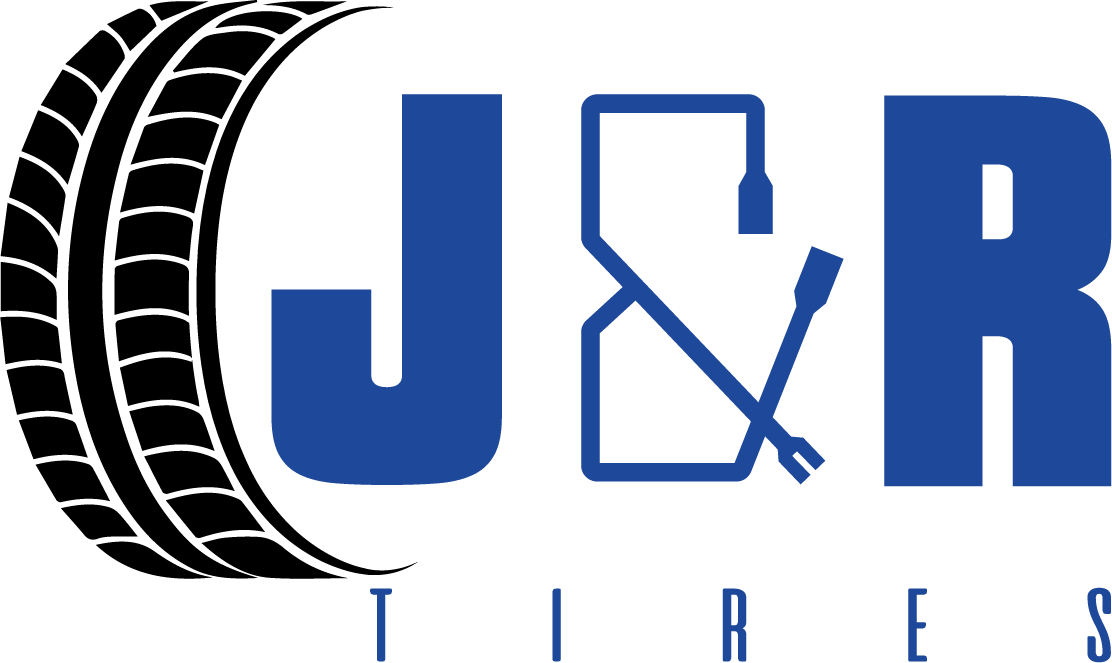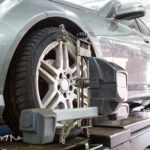When maintaining your vehicle, few services are as crucial as tire balance and alignment. Many drivers wonder which services are more important for their vehicle’s performance and safety. In reality, tire balance and alignment are essential in ensuring a smooth and safe driving experience.
Imagine driving down the highway and suddenly feeling your steering wheel shake or your car pull to one side. These issues might not just be annoyances—they could be signs of underlying problems with your tire balance or alignment. For instance, improper tire balance can lead to vibrations that not only disrupt your driving comfort but also cause premature tire wear and damage to suspension components. On the other hand, misalignment can result in uneven tire wear and poor handling, affecting your vehicle’s safety and driving dynamics.
By addressing both tire balance and alignment regularly, you can prevent these major issues. Tire balance ensures a smooth ride and even tire wear by correcting weight distribution around the wheel. Meanwhile, proper alignment guarantees that your wheels are set to the correct angles, enhancing handling and ensuring that your car tracks straight.
In this article, we’ll explore the significance of each service, how they impact your vehicle’s performance, and why maintaining both is crucial for a safe and enjoyable driving experience
Understanding Tire Balance
Tire balance involves adjusting the weight distribution of each tire and wheel assembly to ensure an even distribution around the axle. This process uses small weights attached to the rim to counteract any imbalances caused by manufacturing imperfections or tire wear.
How Tire Balancing Works
The balancing process is carried out using a specialized machine that spins the tire and wheel assembly. If the machine detects an imbalance, weights are placed on the rim to correct it. Properly balanced tires ensure that the vehicle’s weight is distributed evenly, leading to a smoother and more comfortable ride.
Signs Your Tires Need Balancing
- Vibrations in the Steering Wheel: One of the most common signs that your tires are out of balance is noticeable vibrations, particularly at higher speeds.
- Uneven Tire Wear: If you notice that your tires are wearing unevenly, it could be a sign of a balance issue.
- Poor Fuel Efficiency: Imbalanced tires can cause your engine to work harder, leading to decreased fuel economy.
Benefits of Proper Tire Balancing
Proper tire balancing enhances driving comfort by reducing vibrations, extending the lifespan of your tires, and improving fuel efficiency. Balanced tires also contribute to a safer driving experience by ensuring better control of your vehicle.
Understanding Tire Alignment
Tire alignment refers to the adjustment of the angles of your vehicle’s wheels to ensure they are perpendicular to the ground and parallel to each other. This adjustment involves the camber, caster, and toe angles of your wheels.
How Tire Alignment Works
During an alignment service, a technician uses specialized equipment to measure the angles of your wheels. Adjustments are then made to align them according to the manufacturer’s specifications. Proper alignment ensures that all wheels are set at the correct angles, optimizing handling and tire wear.
Signs Your Vehicle Needs Alignment
- Pulling to One Side: If your vehicle drifts or pulls to one side while driving straight, it could indicate alignment issues.
- Uneven Tire Wear: Misalignment often leads to uneven wear on the edges of your tires.
- Crooked Steering Wheel: A steering wheel that isn’t centered while driving straight is another sign of alignment problems.
Benefits of Proper Tire Alignment
Proper alignment improves vehicle handling, provides a smoother ride, and extends the life of your tires. It also enhances your vehicle’s safety by ensuring that the tires make optimal contact with the road.
Comparing Tire Balance and Alignment
Differences Between Tire Balance and Alignment
Tire balance focuses on ensuring that each tire and wheel assembly is evenly weighted, while alignment ensures that the wheels are set to the correct angles. Both services address different issues: balance tackles vibrations and uneven wear due to weight distribution, while alignment corrects handling problems and uneven tire wear caused by misaligned wheels.
How Each Affects Driving Performance
Balanced tires contribute to a smooth and vibration-free ride, while proper alignment ensures that your vehicle handles correctly and drives straight. Imbalanced tires can lead to discomfort and reduced fuel efficiency, while misaligned wheels can cause poor handling and increased tire wear.
Which Service Should Be Prioritized?
Both services are important, but the priority may depend on the symptoms your vehicle is showing. If you experience vibrations or uneven wear, balancing might be more urgent. If you notice steering issues or your car pulling to one side, alignment should be addressed first.
Why Both Tire Balance and Alignment Are Vital
The Combined Impact on Vehicle Performance
Tire balance and alignment work together to ensure optimal driving conditions. Balanced tires provide a smooth ride, while aligned wheels ensure proper handling and safety. Neglecting either service can lead to decreased vehicle performance and safety risks.
Safety Considerations
Proper tire balance and alignment are crucial for safe driving. Imbalanced tires can lead to loss of control, while misalignment can cause handling issues and uneven tire wear, increasing the risk of accidents.
Long-Term Cost Savings
Regularly maintaining proper tire balance and alignment can prevent costly repairs and extend the life of your tires. This proactive approach can save you money in the long run by avoiding more significant issues and extending the lifespan of your vehicle’s components.
When and How Often to Get Tire Balance and Alignment
Recommended Frequency
It’s generally recommended to check your tire balance and alignment every 6,000 to 8,000 miles, especially after installing new tires or hitting a significant road hazard. Regular checks can help identify issues before they become more serious problems.
Signs It’s Time for Service
Watch for signs such as vibrations, uneven wear, pulling to one side, or a crooked steering wheel. Addressing these issues promptly can prevent further damage and ensure a safer driving experience.
Professional vs. DIY
While there are DIY methods for checking tire balance and alignment, it’s best to have these services performed by professionals. They have the specialized equipment and expertise to ensure accurate results and optimal vehicle performance.
Conclusion
Both tire balance and alignment are essential for maintaining your vehicle’s performance, safety, and comfort. Regularly scheduled maintenance and timely service can prevent costly repairs, ensure a smoother ride, and keep you safe on the road. If you’re searching for tire alignment or need comprehensive tire services, make sure to visit your local tire shop for a thorough check-up. Addressing these services proactively will help you enjoy a safer and more efficient driving experience.





